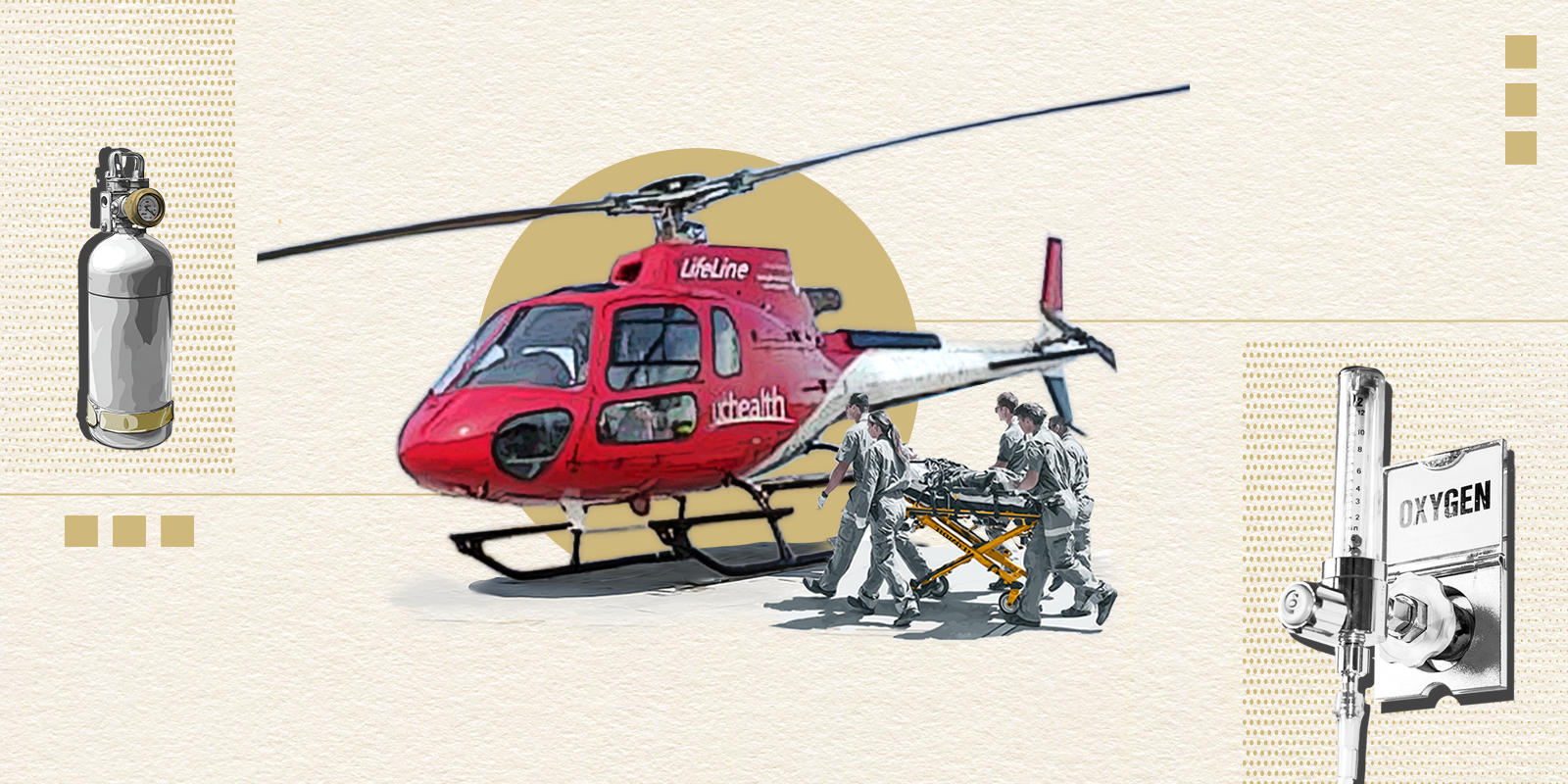According to the 2020 Department of Defense (DoD) Annual Suicide Report, approximately 60%-80% of suicides among service members are enacted with a firearm. The DoD and other stakeholders recommend lethal means safety counseling (LMSC), a type of intervention intended to reduce firearm suicide risk among military service members.
Ian Stanley, PhD, assistant research professor of emergency medicine in the CU School of Medicine and psychological health lead for the Center for Combat Medicine and Battlefield (COMBAT) Research, uses research to keep the conversation going on safe firearm storage for vulnerable and at-risk populations.
Individuals with post-traumatic stress disorder (PTSD) experience hyperarousal, which is characterized in part by being hyperalert to potential dangers in the environment. “When someone is constantly on-guard for potential threat, they search for ways to relieve their anxiety and fear,” Stanley says, “and one way they may seek that relief is through having ready access to a firearm.” Stanley is focused on increasing safe firearm storage practices for individuals with PTSD.
While a previous clinical trial of safety counseling among service members resulted in increased use of firearm locking devices, Stanley was concerned that hyperarousal symptoms may impact treatment response to safety counseling.
The new study was published today in the journal Psychological Services.
A new population to focus on
Stanley’s longtime collaborator, Mike Anestis, PhD, led a landmark trial on safety counseling efficacy and provision of cable locks in 2021, encouraging safe firearm storage practices among firearm-owning members of the Mississippi National Guard. This trial was called “Project Safe Guard.”
Participants were randomized to one of four groups: safety counseling, safety counseling plus cable locks, health and stress counseling control, and health and stress counseling control plus cable locks. Individuals randomized to safety counseling and the provision of gun locks were significantly more likely to practice safe firearm storage (e.g., use of locking devices).
In 2022, Stanley approached Anestis with the idea to build on his Project Safe Guard study by examining how PTSD symptoms might impact intervention outcomes. Particularly, he was interested in whether the existing safety counseling intervention needs to be optimized for individuals with PTSD.
In prior work, Stanley and Anestis found that hyperarousal symptoms were associated with greater unsafe firearm storage practices, which laid a foundation for Stanley’s new analysis of the Project Safe Guard clinical trial data.
Process for the new analysis
Stanley used the data from Anestis’s 2021 study for his secondary analysis, which consisted of 209 firearm-owning members of the Mississippi National Guard, ages 19 to 58.
In Project Safe Guard, participants were recruited through web-based advertisements and in-person military- and community-sponsored events. Following the completion of a series of structured interviews and self-report questionnaires, participants were randomized to one of the aforementioned four conditions.
Researchers took assessments at baseline, 3- and 6-month follow-ups. Both safety counseling and health and stress counseling interventions were delivered by trained and supervised clinical psychology doctoral students and took 10-15 minutes to complete.
Stanley used the baseline and 6-month follow up assessment data to examine whether safety counseling interventions and cable lock provisions yielded decreased use of firearm locking devices for the PTSD population. To assess PTSD symptoms, Stanley used the PTSD Checklist for DSM-5 (PCL-5) questionnaire.
The need to hone in on PTSD populations
The participants’ PCL-5 scores ranged from 0-59 on a 0-80 scale, where any score above 31 indicated a positive screen for PTSD. Thirty-eight percent of the population reported no symptoms of hyperarousal, and 7.7% screened positive for PTSD, which corresponds to the lower-bound estimated prevalence of PTSD among service members in the general population.
Elevated hyperarousal symptoms, assessed by the PCL-5, hindered the efficacy of safety counseling for firearm-owning service members, meaning safety counseling alone, in its current form, may be unlikely to prompt safe firearm storage practices among individuals with PTSD.
“Ultimately, existing interventions may need to be modified to optimize outcomes for individuals with PTSD,” Stanley says, “especially for individuals who have overgeneralized fears that the world is unsafe and feel they always need to be on guard for potential dangers.”




